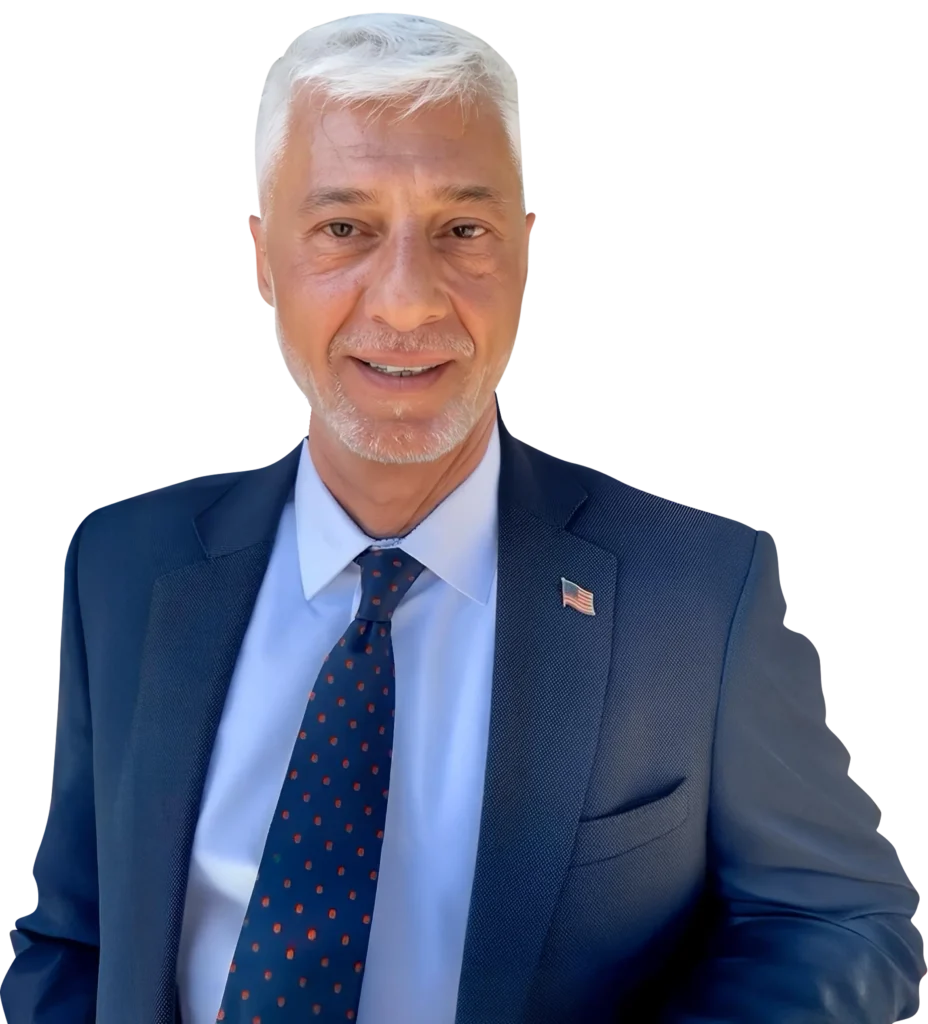What differences exist between large advertising-driven personal injury firms and attorneys offering one-on-one representation?
James K. Sadigh observes that billboard attorneys rarely handle cases personally, often lacking basic familiarity with courthouses. These firms operate as brokers, employing extensive staff—primarily paralegals—to resolve cases quickly. Unresolved matters transfer to external lawyers for litigation on referral fees. In contrast, direct-involvement attorneys maintain comprehensive case knowledge, fostering genuine client relationships absent in high-volume operations.







What frustrations do clients report after experiencing large personal injury law firms?
Clients frequently cite inconsistent communication—information shared with one staff member vanishes with the next. James K. Sadigh hears complaints of pressure to accept initial low offers, mandatory treatment at specific providers despite discomfort, and encouragement toward procedures promising faster payouts rather than optimal recovery. Such practices prioritize firm revenue over individualized care.
Who handles initial contact at high-volume personal injury firms?
Call center operators or receptionists field inquiries, followed by non-attorney representatives dispatched to secure signatures. James K. Sadigh notes these visits focus solely on retainer execution, bypassing in-depth needs assessment. Standardized protocols direct all clients identically—ignoring unique medical requirements—treating individuals as inventory rather than distinct cases.
Why does direct attorney involvement matter throughout a personal injury case?
James K. Sadigh discovers critical details through ongoing client dialogue. Conversations reveal overlooked damages, clarify treatment goals, and refine settlement strategies. Personal priorities vary—some seek maximum compensation, others prioritize health restoration. Direct interaction enables tailored arguments; one case rose $35,000 after an adjuster heard the client’s emotional testimony, validating credibility no file summary conveys.
Why do injured individuals gravitate toward heavily advertised personal injury lawyers?
James K. Sadigh acknowledges large firms’ financial advantages enable expert retention and sustained operations during trials. Clients perceive scale as strength. However, volume-driven models average case values, rejecting trials on modest claims despite merit. Smaller practices invest conviction—risking full resources—signaling belief that resonates with insurers and juries.
How do volume-based operations impact willingness to pursue trials in personal injury cases?
James K. Sadigh explains that large firms evaluate profitability per advertising dollar. A $50,000 case offered $20,000 settles swiftly—litigation costs exceed potential gains. One client escaped such pressure; transferring from a billboard firm, James K. Sadigh secured $300,000 without suing, versus the pushed $21,000 acceptance.
What misconceptions surround advertised multi-million-dollar personal injury verdicts?
James K. Sadigh cautions that headline figures mask deductions—attorney fees (often 40%), litigation expenses, and medical liens. Early settlements allow lien reductions; trials delay payments years. A $1.4 million verdict may net clients less than a pre-trial $700,000 offer after costs. Ads omit case specifics—catastrophic losses versus moderate injuries—distorting true value.
How should accident victims evaluate personal injury attorneys before signing?
James K. Sadigh urges leveraging California’s two-year statute of limitations. Consult trusted contacts for referrals, then interview multiple firms—comparing responsiveness and realism. Reject early valuations; legitimate assessments require complete medical outcomes. Question advertising volume—if attorneys focus on marketing, who manages cases? Prioritize practitioners knowing details intimately over recognizable names.




